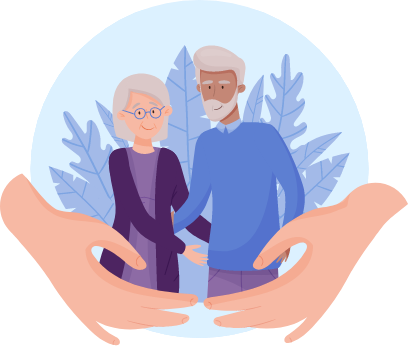
When a person decides to donate their body to science, they are making one of the most selfless and far-reaching contributions possible. For medical students—especially those in the Tampa–St. Petersburg area—this gift is essential. It not only shapes their education but also impacts the quality of care they will provide for years to come.
Understanding how whole body donation supports future doctors can help families and individuals recognize the lasting legacy of such a decision.
Laying the Foundation for Lifesaving Care
For a physician, the journey starts long before treating a patient—it begins in the anatomy lab. Body donation gives medical students their first real understanding of how the human body works.
“Body donations are incredibly important to training and education. Even though we have the latest, greatest technology available, they still don’t provide the level of realism needed,” says Dr. Yashuharu Okuda, Executive Director of the Center for Advanced Medical Learning and Simulation at the University of South Florida Health in Tampa.
Donated bodies help students learn in a way no book, video, or computer model can replicate. Students can physically explore how muscles wrap around bones, how organs relate to one another in space, and how diseases or conditions affect the body as a whole. It’s a three-dimensional education that builds lasting medical understanding.
More Than Anatomy
While anatomy is the foundation, the value of whole body donation extends far beyond first-year coursework.
Surgical and Emergency Training
Donated bodies are used by residents and practicing physicians to refine their techniques and learn new procedures. These experiences are especially critical in high-pressure situations like trauma care.
“The tissue is used for the kind of low-frequency, high mortality kind of injuries,” explains Dr. Luis Llerena, a trauma surgeon at Sarasota Memorial Hospital. “We need to know how to operate quickly…when time is of the essence and their lives are in our hands. You can’t do that with video or any other model.”
Practicing on real human tissue allows providers to simulate emergencies, prepare for rare procedures, and make confident decisions in life-or-death situations.
Supporting Medical Innovation
Body donation to medical schools also supports technological advancements in surgical robotics, diagnostic tools, and medical devices.
Before any new system is brought to the public, it must be tested and refined using real anatomical tissue. In Tampa’s medical and research community, donated bodies are helping implement future innovations.
A Deeply Personal Impact on Students
Working with body donors helps shape the character of medical professionals, beyond improving their clinical skills.
“It’s a very humbling experience to work with the donors,” says Dalton Smith, a medical student. “You gain this great respect for everybody that’s made the decision to further scientific medical knowledge.”
These donations are not taken lightly.
Most schools, including those in the Tampa–St. Pete area, hold memorial services or moments of reflection to honor the individuals who made this choice. Students often say they consider these donated bodies as their “first patient,” and they carry that emotional impact with them throughout their careers.
Why It Matters in the Tampa–St. Petersburg Region
The Tampa Bay area is home to several teaching hospitals, research facilities, and medical schools, including USF Health, which draws students from around the country. These institutions rely on a steady supply of donated bodies to maintain high standards of medical education and innovation.
As the population continues to grow and age, there will be greater demand for skilled, compassionate doctors in local communities. Body donation allows residents to make a direct and meaningful contribution to the next generation of care providers who will serve the region.
Who Can Donate?
Most adults qualify to donate their bodies to science, regardless of age or health history. The only exception is generally those with communicable diseases like HIV/AIDs or hepatitis.
Pre-registration with United Tissue Network ensures your wishes are honored and removes the burden of decision-making from your family. After a person passes away, the donation process begins with transportation to a licensed facility. Following medical use, the body is respectfully cremated, and the remains can be returned to the family upon request. All of the costs are covered, including transportation, body donation to medical schools and cremation. Families get comfort from knowing that the passing of a loved one will help future generations.
Creating A Legacy That Lives On
Whole body donation doesn’t just help one student, one surgeon, or one lab. It helps all of the patients doctors see throughout their careers. Every donor contributes to better training, better tools, and better care. It’s a legacy that extends well beyond a single life.
If you’re considering cremation and want to make a meaningful difference, whole body donation may be the right choice.
Skip St. Petersburg’s costly cremation fees while making a difference that lasts forever. Learn how your gift can change lives through whole body donation and discover free cremation services that honor your legacy while advancing medical breakthroughs.
